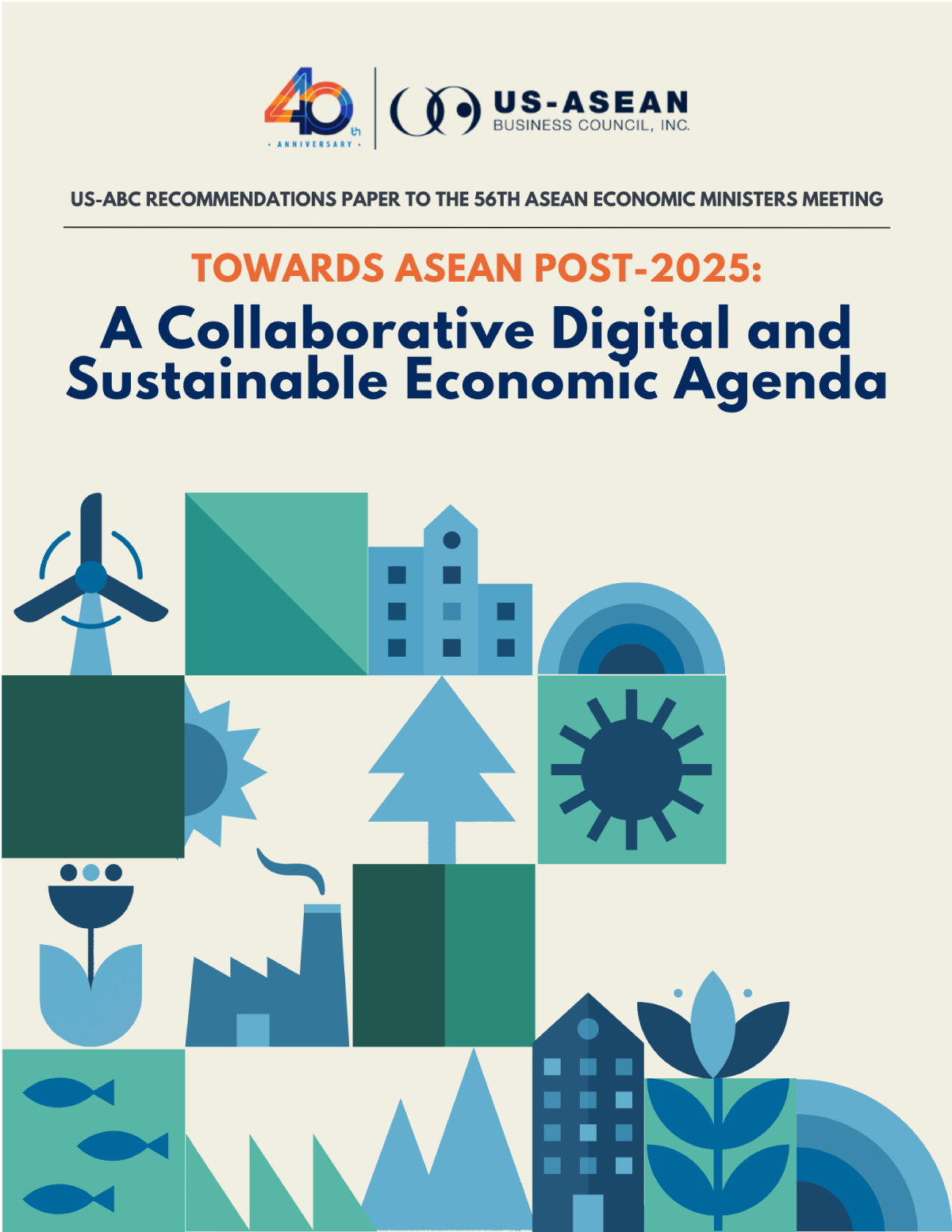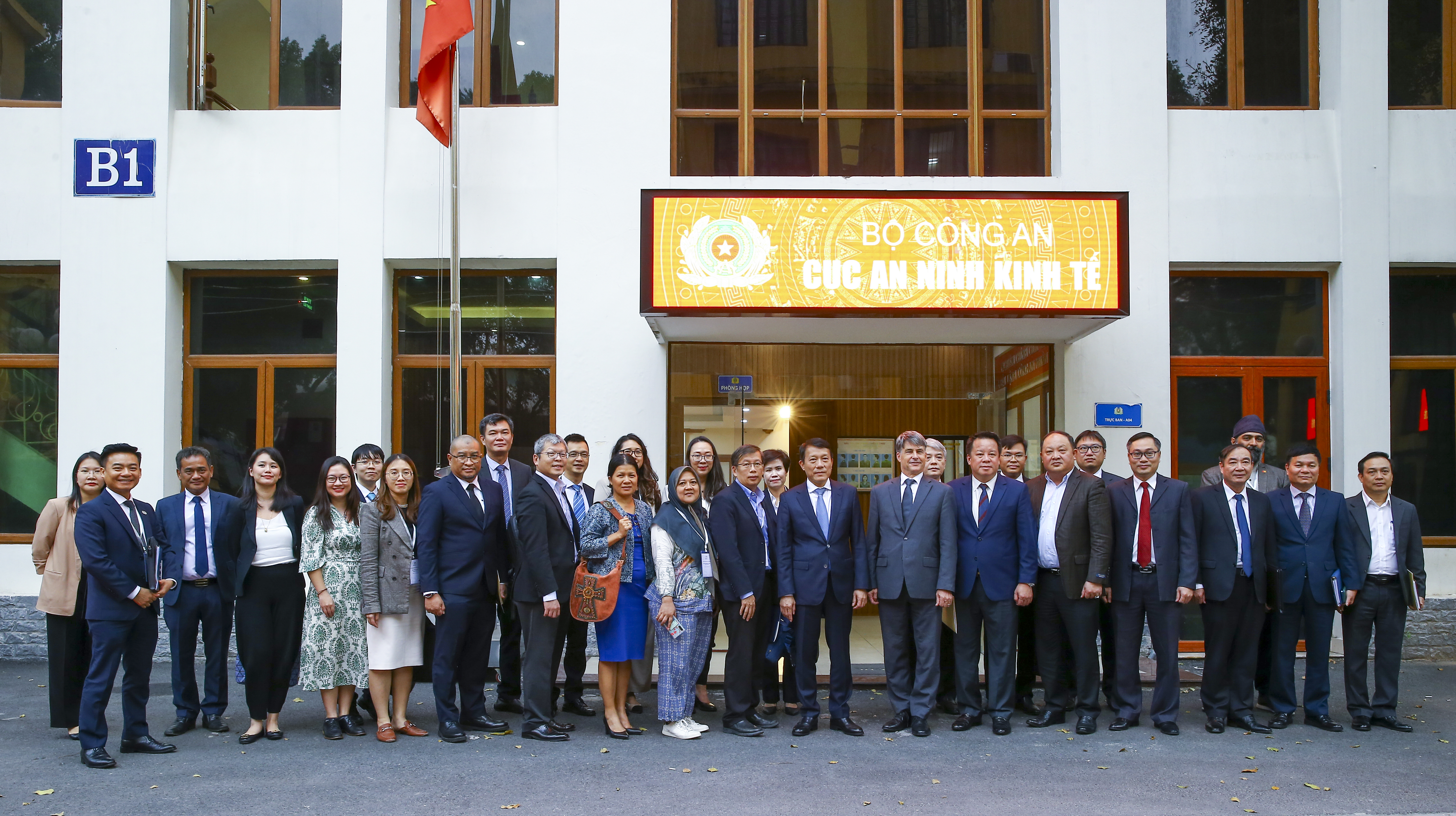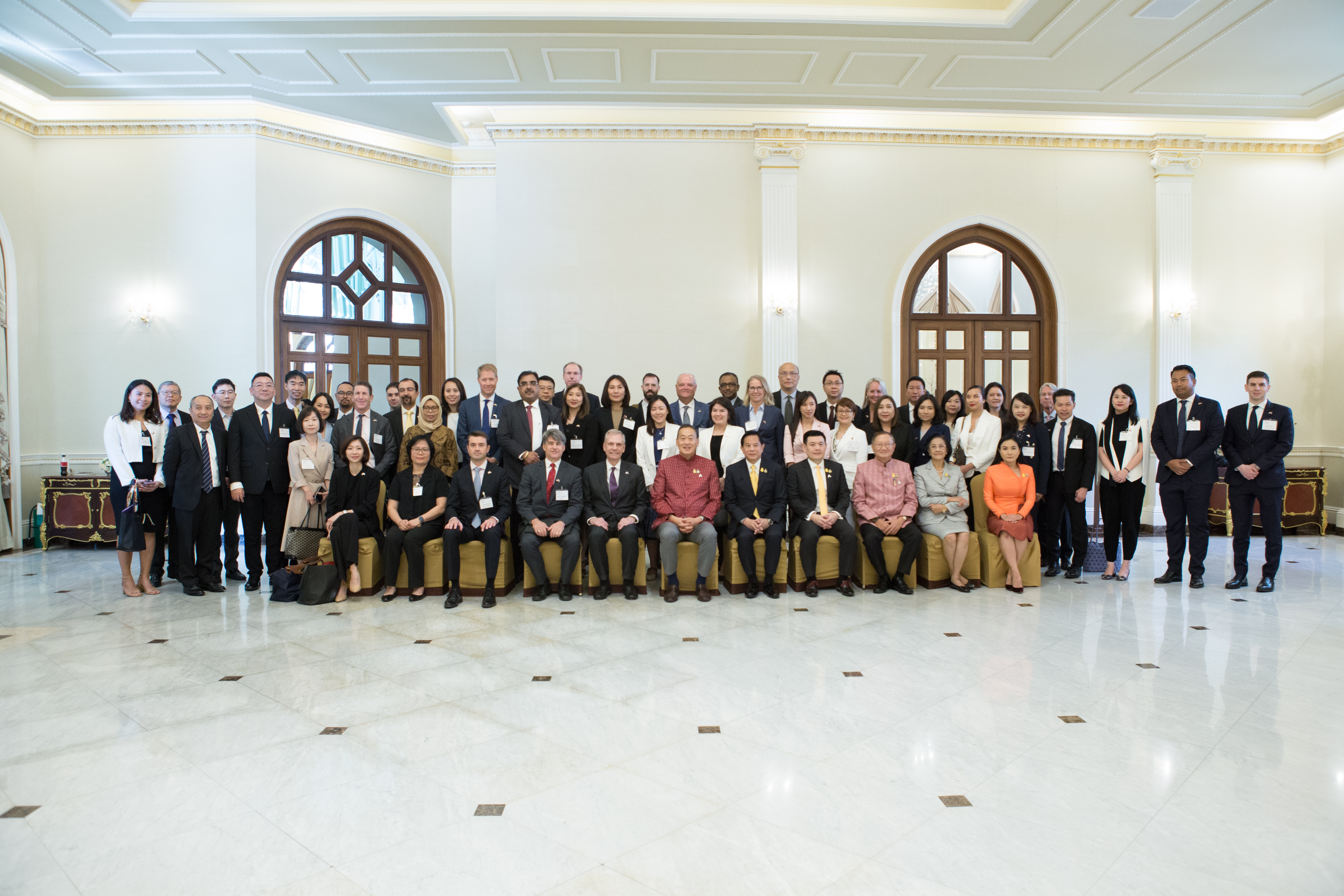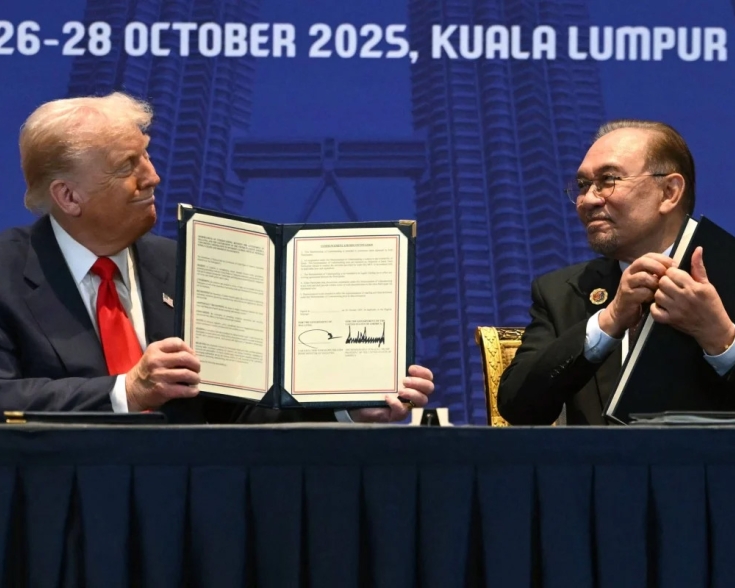Thailand Eyes Alaska LNG Imports to Strengthen Energy Security and Ease Trade Imbalance
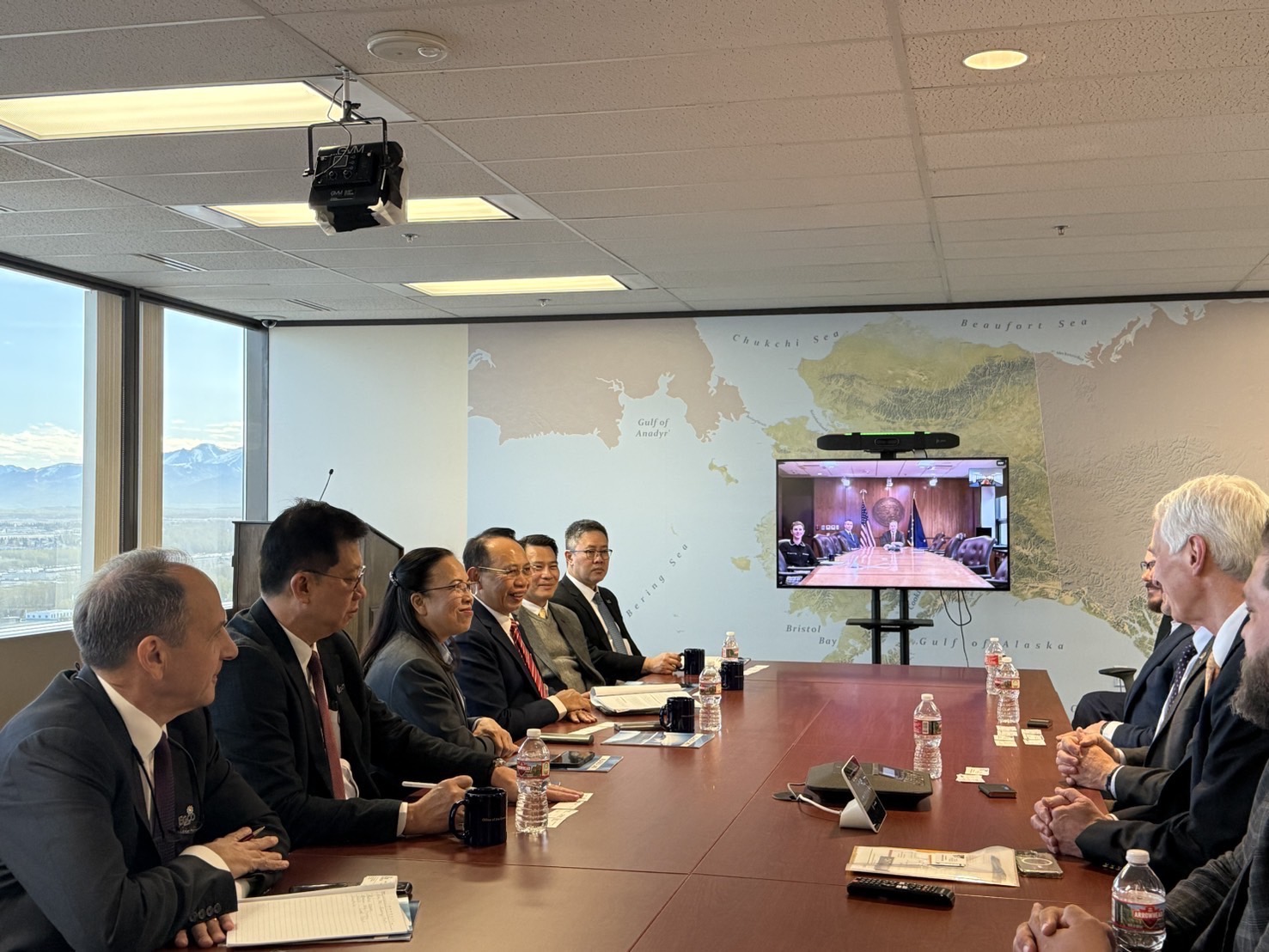
Thailand is advancing discussions to import 3–5 million tonnes of liquefied natural gas (LNG) annually from the United States under the $44 billion Alaska LNG Project, a strategic initiative aimed at enhancing national energy security while addressing their long-standing trade surplus with Washington. The Ministry of Energy has directed national energy players PTT Plc and Electricity Generating Plc (EGCO) to lead negotiations with American firms and state-level officials in Alaska. These talks—framed around joint development and long-term supply—signal Thailand’s intent to diversify its gas portfolio as domestic resources decline. With natural gas comprising about 60% of Thailand’s power generation mix, the country is urgently looking for new, secure, and cost-effective energy sources. By tapping into Alaska’s vast 40 trillion cubic feet of proven gas reserves, Thai authorities see an opportunity to not only import competitively priced LNG but also bolster ambitions to establish Thailand as a key LNG trading hub in Southeast Asia.
Ministry of Energy Permanent Secretary Prasert Sinsukprasert recently concluded high-level meetings with Alaska’s governor, state committees, and the Alaska Gasline Development Corporation (AGDC), underscoring Thailand’s strong interest in the project. In addition to LNG supply, discussions focused on investment opportunities in upstream gas exploration, pipeline infrastructure, and carbon capture and storage (CCS) technology—critical components of the Alaska LNG initiative. If realized, the partnership would offer Thailand a faster and cheaper alternative to Middle Eastern LNG sources, with shipping times from Alaska estimated at just 10–15 days. Thailand’s participation could follow in the footsteps of Taiwan’s CPC and South Korean firms, which have already struck agreements with AGDC. Prasert noted that the deal would benefit from robust support from the U.S. government and align with broader efforts to deepen bilateral energy ties, mitigate trade friction, and reinforce regional energy resilience.



![Cover-[USABC-Final]-Driving-ASEAN-Unity-Malaysia's-Vision-for-2025](/sites/default/files/2025-07/Cover-%5BUSABC-Final%5D-Driving-ASEAN-Unity-Malaysia%27s-Vision-for-2025.jpg)
